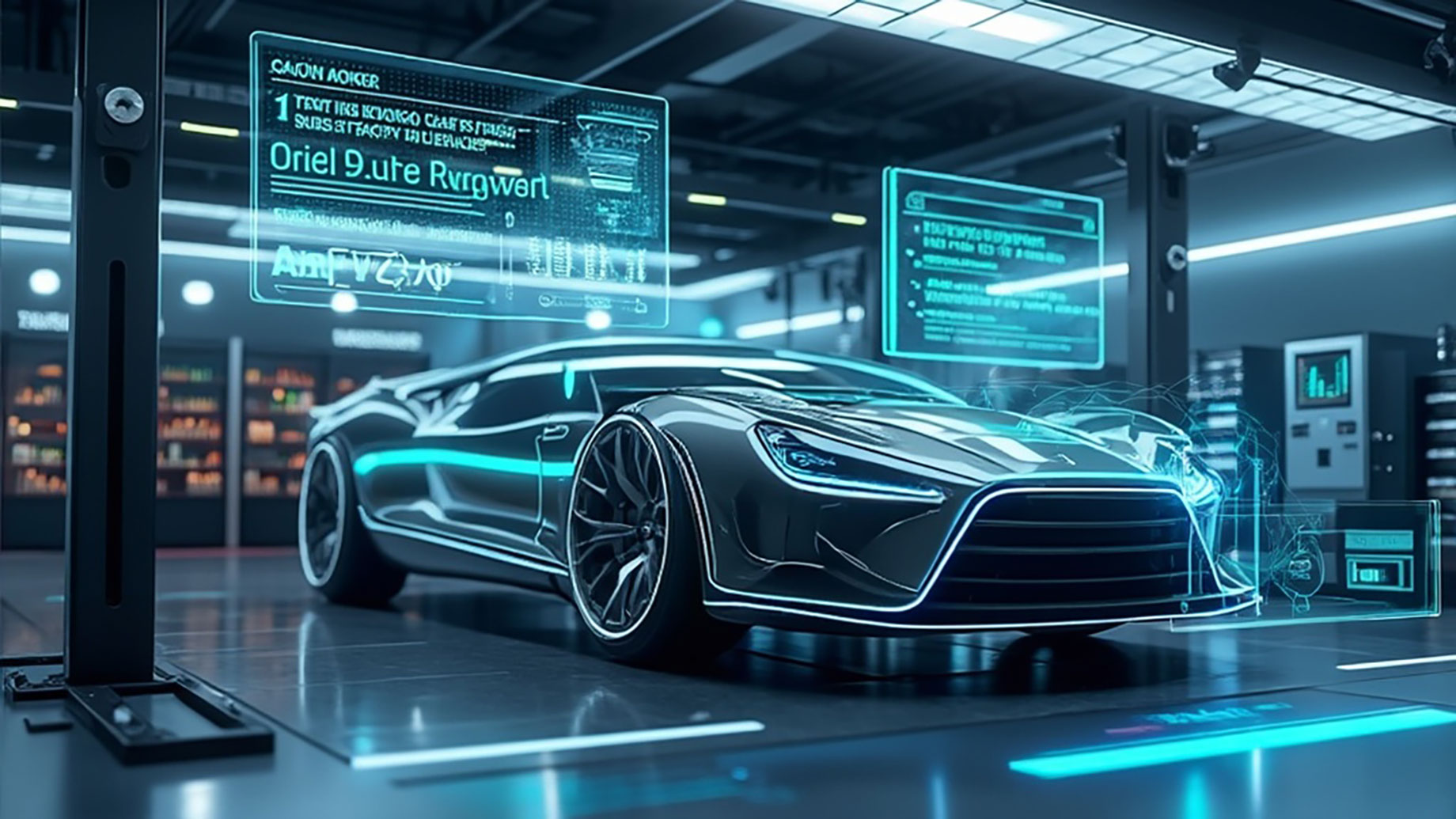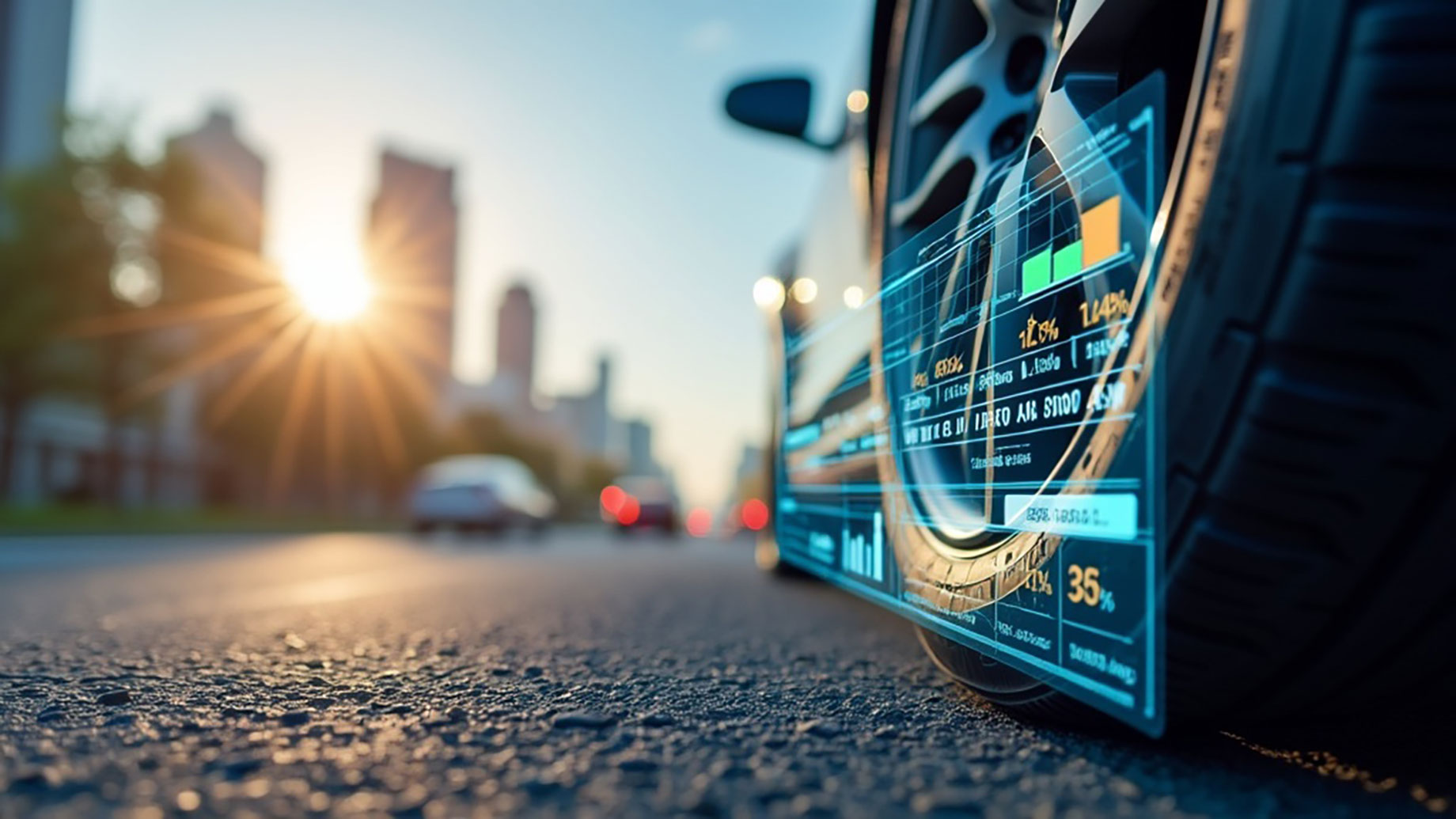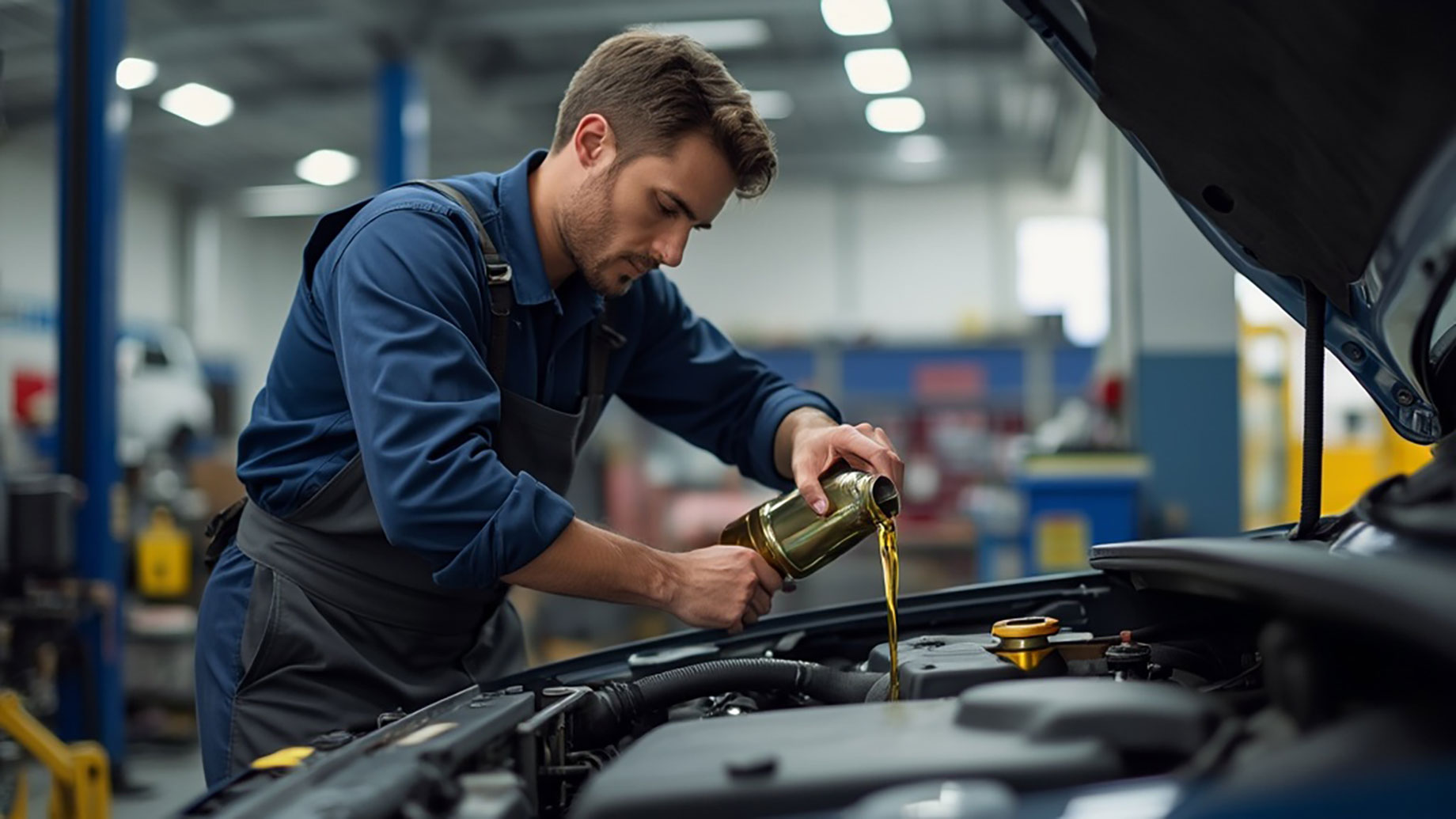
Vehicle maintenance often represents the critical difference between a well-performing automobile and one destined for costly repairs. Despite the widespread availability of maintenance services, many vehicle owners overlook essential preventive measures that could safeguard their investments from significant damage.
By implementing a comprehensive maintenance strategy that includes regular fluid checks, proper tire care, and environmental protection measures, owners can substantially extend their vehicle’s lifespan while avoiding expensive repairs.
Modern automotive care combines traditional mechanical upkeep with advanced diagnostic technologies, creating a robust approach to vehicle preservation that benefits both performance and long-term value retention.
Routine Vehicle Maintenance to Prevent Costly Repairs

Vehicle fires affect cars annually in the United States, with a majority of incidents stemming from poor maintenance rather than collisions. Proactive preventive maintenance creates a significant barrier against expensive repairs and dangerous safety hazards.
One crucial aspect often overlooked is the protection of external components from environmental damage. Professional mechanics recommend applying long-lasting RV roof coating to shield vehicle surfaces from UV rays, moisture, and other harmful elements.
This protective measure extends the lifespan of automotive materials and prevents water damage that could lead to structural issues.
Essential Maintenance Tasks
- Monthly inspection of fluid levels, including oil, coolant, and brake fluid
- Regular tire pressure checks and rotation every 5,000-8,000 miles
- Brake system evaluation, including pad wear and rotor condition
- Battery terminal cleaning and connection verification
- Air filter replacement according to manufacturer specifications
Following these maintenance guidelines helps identify potential issues before they escalate into major problems. Professional mechanics report that addressing minor repairs promptly can prevent repair costs from multiplying by three to five times.
Regular maintenance also maintains vehicle performance, ensuring optimal fuel efficiency and reducing the likelihood of unexpected breakdowns.
Modern vehicles require specific attention to their electronic systems and sensors. Digital diagnostic tools can detect early warning signs of component failure, allowing for timely interventions.
This technological approach to maintenance, combined with traditional mechanical upkeep, creates a comprehensive strategy for preventing expensive repairs and extending vehicle longevity.
| To Do: Create a vehicle maintenance checklist and set reminders for essential tasks like fluid checks, tire inspections, and battery upkeep to stay ahead of costly repairs and unexpected breakdowns. |
Protecting Your Vehicle from Environmental Hazards

Environmental elements like UV rays, acid rain, bird droppings, and tree sap can severely impact your vehicle’s paint and exterior components. Using appropriate weather-resistant car covers provides essential protection against these damaging elements, preserving your vehicle’s appearance and resale value.
Direct sunlight exposure poses a significant threat to your vehicle’s exterior, causing paint oxidation and interior deterioration. UV radiation can fade dashboards, crack leather seats, and degrade rubber seals.
Additionally, seasonal changes bring unique challenges that require specific protective measures to maintain your vehicle’s condition.
Essential Strategies to Protect Your Vehicle
Keeping your vehicle in top condition requires proactive care, especially when facing environmental hazards like UV exposure, harsh weather, and corrosive substances. Follow these key strategies to maintain your car’s appearance and longevity.
| Strategy | Details |
| Apply Ceramic Coating or Paint Sealant | Creates a protective barrier against acid rain and bird droppings. |
| Park in Covered Areas | Use garages, carports, or portable covers to shield your vehicle from the elements. |
| Install Window Tint Films | Blocks harmful UV rays and protects interior components from fading. |
| Use Silicone-Based Products | Maintains rubber seals and prevents cracking due to temperature changes. |
| Remove Tree Sap & Bird Droppings Immediately | Prevents permanent paint damage by addressing contaminants quickly. |
| Follow Safe De-Icing Techniques | Avoid hot water on frozen windows—use commercial de-icers and plastic scrapers instead. |
| Wash & Wax Regularly | Wash at least twice a month and wax every three months to maintain the clear coat. |
Regular maintenance and protection strategies ensure your vehicle remains in excellent condition, reducing long-term damage and preserving its value.
| Why This Matters: Neglecting environmental protection for your vehicle can lead to costly repairs and a reduced lifespan. Taking proactive measures ensures your car remains in top condition, saving you money and preserving its value over time. |
Optimizing Tire Health for Safety and Savings

A mere 19 percent of drivers maintain correct tire pressure in their vehicles, leading to unnecessary fuel consumption and potential safety risks. Proper tire maintenance stands as a crucial factor in vehicle performance, directly impacting fuel efficiency and road safety.
Regular tire inspections can prevent tire-related incidents on the road while extending the life of your vehicle’s tires.
The relationship between tire pressure and fuel economy is significant—maintaining optimal tire pressure can result in substantial savings at the pump. Underinflated tires create excess rolling resistance, forcing your engine to work harder and burn more fuel.
Additionally, incorrect tire pressure causes uneven wear patterns, shortening tire lifespan and requiring premature replacements.
Essential Steps for Maximizing Tire Performance and Safety
- Check tire pressure monthly and before long trips, always when tires are cold.
- Rotate tires every 5,000-8,000 miles to ensure even wear distribution.
- Inspect tread depth using the penny test—insert a penny with Lincoln’s head upside down; if you can see his entire head, it’s time for replacement.
- Monitor tire alignment and balance to prevent uneven wear patterns.
- Keep detailed records of tire maintenance, including rotation dates and pressure checks.
Beyond basic maintenance, understanding your vehicle’s tire specifications proves essential. Each vehicle has specific requirements for tire size, load rating, and pressure levels. These specifications are typically found on the driver’s side door jamb or in the owner’s manual.
Professional tire inspections should be conducted at least twice yearly to identify potential issues before they become serious problems.
The financial benefits of proper tire maintenance extend beyond fuel savings. Well-maintained tires can last longer than neglected ones, reducing the frequency of replacements. Moreover, correct tire pressure and alignment contribute to better handling and shorter stopping distances, enhancing overall vehicle safety and reducing the risk of accidents.
| Expert Tip: Driving with improperly inflated tires not only compromises safety but can also impact suspension components over time, leading to costly repairs. Checking your tires regularly can prevent unnecessary wear on your vehicle’s steering and suspension systems. |
The Essential Role of Regular Oil Changes

Motor vehicles without proper oil maintenance experience a dramatic increase in engine wear rates, leading to costly repairs and reduced vehicle lifespan. Fresh engine oil serves as a vital lubricant between moving metal components, preventing friction and heat buildup that can cause severe damage.
Most modern vehicles require oil changes every 5,000 to 7,500 miles, though this interval varies based on driving conditions and oil type.
The primary function of engine oil extends beyond basic lubrication. It acts as a cleaning agent, collecting debris and metal particles while maintaining proper engine temperature. As oil circulates through the engine, it gradually breaks down and becomes contaminated, losing its protective properties and potentially turning into a thick, sludgy substance that can clog vital engine components.
- Contaminated oil causes increased fuel consumption and reduced engine efficiency.
- Dirty oil leads to carbon deposits that can damage pistons and cylinder walls.
- Degraded oil loses its heat-transfer capabilities, risking engine overheating.
- Old oil becomes acidic, corroding metal surfaces and gaskets.
- Insufficient oil levels can result in complete engine seizure.
Engine oil quality directly impacts vehicle performance and operational costs. Synthetic oils, while more expensive initially, offer superior protection and longer service intervals compared to conventional oils.
Regular oil analysis can help identify potential engine problems before they become severe, allowing for preventive maintenance rather than costly repairs.
The investment in routine oil changes represents a fraction of the cost of major engine repairs or replacement. A complete engine overhaul can cost several thousand dollars, while maintaining proper oil change intervals typically costs less than $100 per service.
This preventive approach helps maintain the vehicle’s resale value and ensures reliable transportation for years to come.
| Quote: “Oil changes are not just routine maintenance—they are an investment in your vehicle’s longevity and performance.” |
Protecting Your Vehicle for the Long Haul
Regular vehicle maintenance and protection against environmental factors represent critical investments in preventing costly automotive damage and ensuring long-term reliability.
Through proactive measures like routine inspections, proper tire maintenance, and regular oil changes, vehicle owners can significantly reduce repair expenses while extending their vehicle’s operational lifespan.
The evidence clearly demonstrates that preventive maintenance not only saves money but also enhances safety and performance, making it an essential aspect of responsible vehicle ownership.